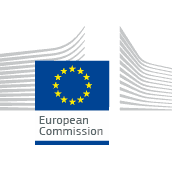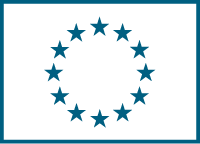
Nanotechnologies for imaging cellular transplants and regenerative processes in vivo
Deadline: May 4, 2017
CALL EXPIRED
CALL EXPIRED
Topic Description
Specific Challenge:Detection and monitoring of cell and tissue transplants in vivo is of utmost importance for development of clinical cell therapy. Suitable nanotechnology-based imaging approaches with high sensitivity should allow for monitoring of cell viability, engraftment and distribution, also through the use of nanomaterials for cells marking. Appropriate imaging techniques have been developed for application in small animals, but are not available yet for use in preclinical large animal models and patients. In particular, such technologies will represent an important safety measure enabling early detection of cell based therapy.
Scope:Proposals should focus on the following:
- Development of highly sensitive imaging approaches enabling discrimination of living cell and tissue transplants based e.g. on optical imaging, magnetic resonance imaging and / or nuclear medicine techniques;
- Monitoring should be highly sensitive, in best case allowing for detection of single cells and cell morphologies;
- Possibility of non-invasive whole body monitoring (magnetic, optical) in large animals;
- Development of clinically applicable imaging approaches, taking into account medical regulatory aspects;
- Interpretation of the data with theoretical models (to be developed if necessary).
As relevant, the proposed activities should address sex and gender specific aspects[[See definition of the 'gender dimension approach' in the introduction of this Work Programme part.]].
Activities are expected to commence at Technology Readiness Levels 3/4 and reach 5/6.
The Commission considers that proposals requesting a contribution from the EU between EUR 5 and 7 million would allow this specific challenge to be addressed appropriately. Nonetheless, this does not preclude submission and selection of proposals requesting other amounts.
Expected Impact:- Availability of novel highly sensitive nanotechnology-based imaging approaches allowing for monitoring of survival, engraftment, proliferation, function and whole body distribution of cellular transplants in preclinical large animal models and patients;
- Imaging technologies facilitating the provision of new regenerative therapies to patients;
- Opening of a new market sector for imaging equipment and supplies, reinforcement of the European healthcare supply chain and improvement of the competitiveness of the European healthcare sector.
Proposals should include a business case and exploitation strategy, as outlined in the Introduction to the LEIT part of this Work Programme.
Public link: Only for registered users
 EC - Horizon Europe
EC - Horizon Europe


Please Log In to See This Section